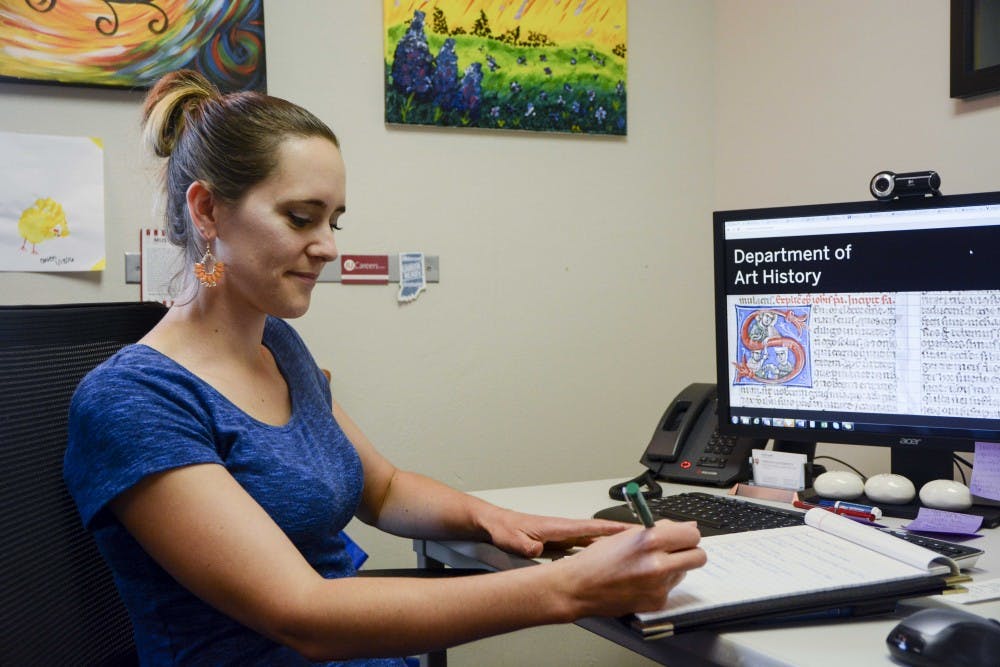Art history graduates face a huge challenge in seeking traditional major-related jobs even though the overall employment climate has improved.
Art history is a liberal arts subject, which helps students build skills in analyzing visual culture. Traditionally, its career focus is mainly in archive, curation and museum work. Even though the overall economic climate and job outlook have improved, the faculty and students in the art history department still believe becoming employed in these three occupations is difficult.
To achieve career goals, both the career advisor and academic advisor encourage students to take advantage of opportunities in college.
According to the Bureau of Labor Statistics, the overall unemployment rate in April 2016 was 5 percent, which has decreased 5.4 percent since April 2015. At the same time, the average growth of occupations like archivists, curators and museum workers is 7 percent from 2014 to 2024. It means the overall job market and average growth rate for specific art history-related fields is positive.
However, undergraduate art history graduates get hired mostly outside their field. The data from IU Arts and Sciences Career Services shows only 22 percent of art history graduates work in art and design occupations, and others are in many different fields, including business, hospitality and public relations.
“The art world doesn’t have the largest amount of career positions,” said Madeline Collins, a recent art history graduate at IU and current employee at Chicago Art Source.
The data about numbers of employment in areas such as archivists, curators and museum workers also corresponded to Collins’ expectation in the art history job market.
According to the Bureau of Labor Statistics, the number of these positions in 2014 was 31,300, compared to 225,200 in advertising, promotions and marketing managers’ positions and 1,114,000 in software development.
Bret Rothstein, associate professor and director of undergraduate studies in department of art history, said getting an entry-level job has become more difficult and more competitive for recent graduates. These difficulties may also cause art history students go out of art history fields.
“The biggest change started about five to 10 years ago, and it has a lot to do with the difficulty not just get a first job, but higher paying professional oriented,” Rothstein said. “Getting in the door has become difficult recently.”
Rothstein also said a large amount of students got internships to make them more favorable in the job market. It means students need to prepare a few years before their graduation and spend much more time on career preparation.
Maddie Zook, a recent art history graduate, has received an offer from the Indianapolis Museum of Art. Zook said getting a job in a large museum is difficult and requires a lot of internship experience.
“I have probably submitted upward of 30 applications for internships at various museums for positions in conservation labs,” Zook said. “I have had internships at four different museums.”
Rachel Landis, assistant director in Arts and Sciences Career Services, said Career Services always organizes career fairs and talks for student to get in touch with the potential employer to build a business relationship. This will help students increase their chances of getting employment in this competitive but open job market.
Meanwhile, Meryl Krieger, a previous academic advisor from the art history department, encouraged students to take advantage of the opportunities on campus instead of focusing too much on student life for preparing themselves for their future career.
“It’s important to balance out your life as a student with your goals of pursuing a career once you’re done here on campus,” Krieger said.
Art history graduates do face challenges, but Collins said, “I was much more impressionable when I was applying to companies in my field of study.”






